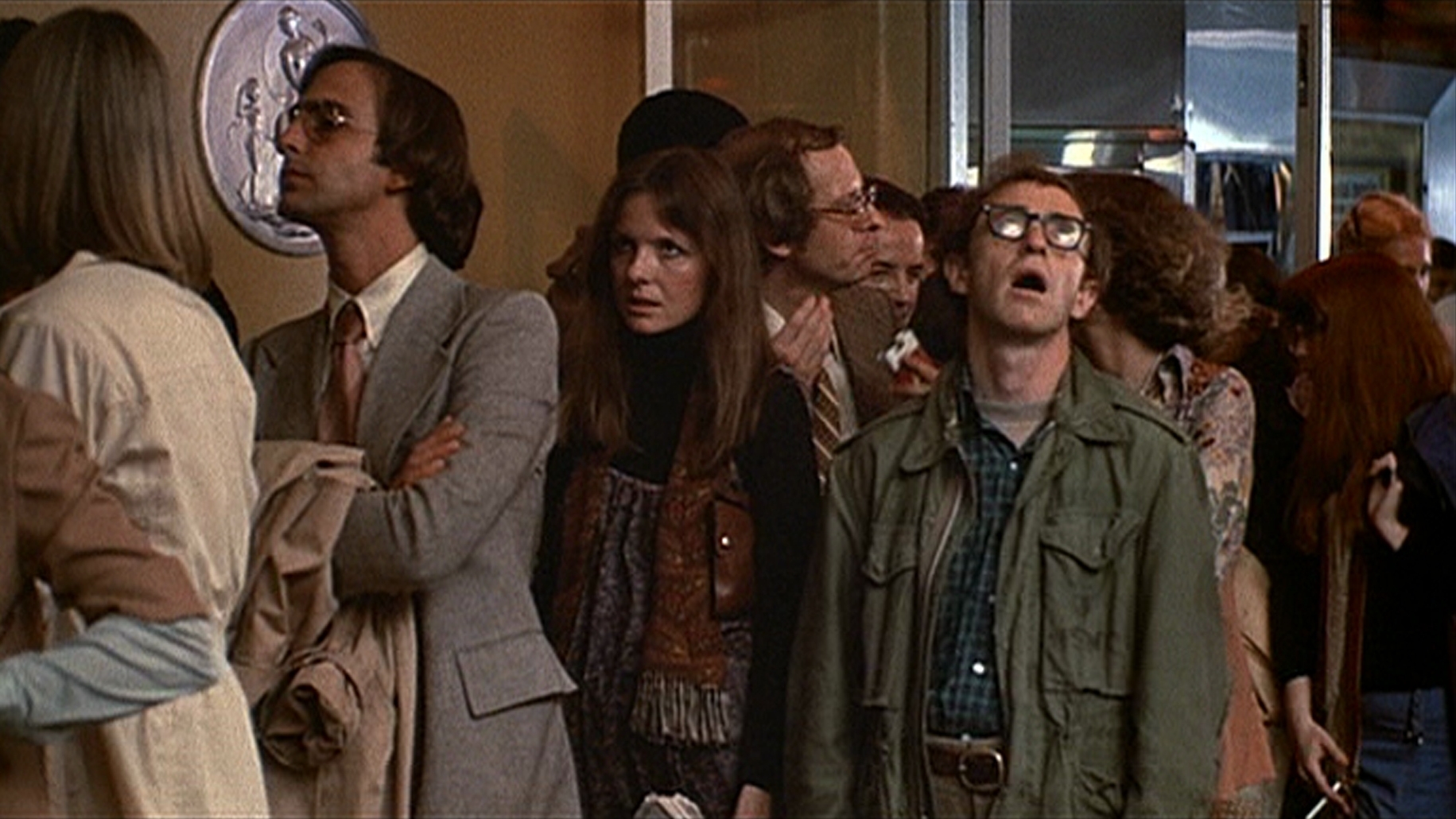The Voice of Love: David Lynch's Twin Peaks: Fire Walk With Me
Fire Walk With Me is not remembered fondly by the general public, or even by many diehard Twin Peaks fans. It was booed at Cannes, it was nigh-universally panned by critics, and it flopped so hard at the box office that it killed David Lynch’s plans for further Twin Peaks films that would have resolved the show’s horrifying cliffhanger ending. And I sort of understand why, especially in the context of its 1992 release. It has almost none of the show’s trademark humor, it doesn’t answer any of the lingering questions, and it has Lynch crossing new thresholds of surrealism and dream logic, with moments that feel even more obtuse than Eraserhead. And that’s to say nothing of the fresh wounds audiences were still feeling after what many saw as a shockingly sharp decline in quality in season two. But, like any Lynch project, Fire Walk With Me is destroyed by looking for what you want instead of letting yourself find what’s really there. It’s an absolutely essential piece of Twin Peaks—not necessarily as a puzzle, but as a work of art. An entire book could be written about all the symbolism and mysteries contained in its 135 minutes, but the thing that gives it value is the simple act of making Laura Palmer a person.
The most important thing to remember about Fire Walk With Me is that it isn’t the show. You’d never mistake the film for a bunch of episodes strung together. The series is about the town, but FWWM is about Laura, and, as such, has a different tone, a different focus, a different meaning. The show uses Laura as a McGuffin, as a mysterious dead girl who got mixed up in some very bad things. We never get to really know Laura in the series as anything other than a product of everyone else’s opinions about her. We see her only through the paradoxical lenses of people who think she’s as an innocent victim, a bad girl who got what she had coming, a fallen angel, a suicidal lost soul, a split personality. By the end of the show (or, really, by mid-season two, despite the wishes of its creators), we know all the facts about her death, but we still don’t know her. She remains the mysterious dead girl who may or may not have been the pawn in some kind of war between angels and demons and whose soul may or may not be in limbo.
Fire Walk With Me mostly presents us with a story we already know, but it lets us actually meet Laura. We see firsthand her reactions to the events of her final days, her conflicted emotions about her complicated relationships, the raw horror of the abuse she suffers at the hands of her father and the demon possessing him. The spiral of shame and despair that she feels is made palpable by the incredibly under-acclaimed performance of Sheryl Lee. Even though her death is the one thing you know for certain is going to happen before the film even starts, it comes with greater sorrow and significance than the series could ever have given it. Thirty hours of knowing someone as a mystery to be solved is nothing compared to two hours of knowing them as a person.
And that brings us to maybe the most important thing the film does: give Laura Palmer a happy ending. While it doesn’t provide any definitive answers to Twin Peaks’ supernatural mysteries (and, frankly, I wouldn’t want it to), it does give you some clues to work with, particularly in regards to how time works in the Black Lodge. The film suggests that, sort of like The Shining’s Overlook Hotel, once you’re in the Red Room, you’ve always been in the Red Room. FWWM is simultaneously prequel and sequel, by revealing that Laura was receiving dream messages about Dale Cooper being stuck in the Red Room before he’s even come to Twin Peaks. This gives further context not only to Laura and Dale dreaming about each other in the show, but their entire relationship–they’ve always known each other, even if they don’t realize it in their waking lives. While nearly everyone in Laura’s life has always used her—for sex, for drugs, for fulfillment of their own codependency—Dale has always been with her as a truly empathetic, loving force who cares about her purely and unconditionally.
Lynch leaves us with a powerful, wordless moment of Laura waking in the Red Room, Dale’s comforting hand on her shoulder, and the angel from her painting—the symbol of innocence and light that had literally vanished from her bedroom when she was at her lowest ebb of self-loathing and depression—made real and shining down on her. Lee’s silent portrayal of Laura’s relief and ecstasy, her sobs turning to euphoric laughter, is so striking and transcendent that Lynch holds on it even through the end credits. It leaves us with the message that, for all its tangled webs of surrealism and mystery, Twin Peaks is a story anchored by Laura Palmer, “the one that leads to many”, a girl who had every bit of innocence and joy stripped from her by cruel circumstances. A girl who deserved to rise above the darkness of her world and be made whole again. A girl who is smiling and laughing now, and always will be.




